

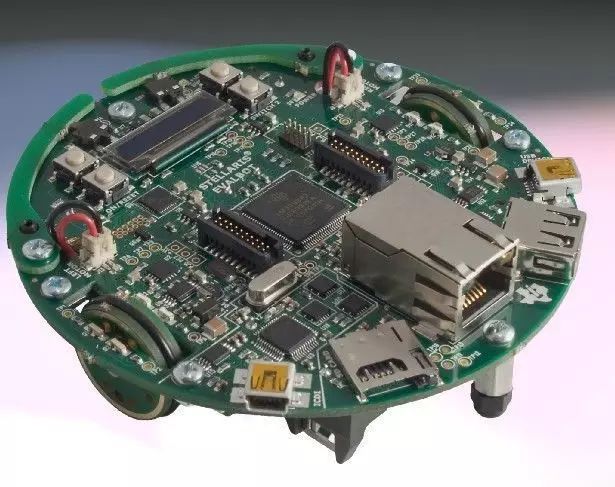


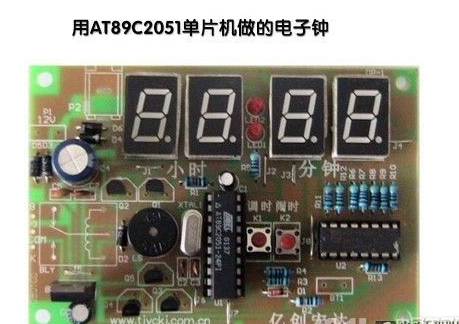
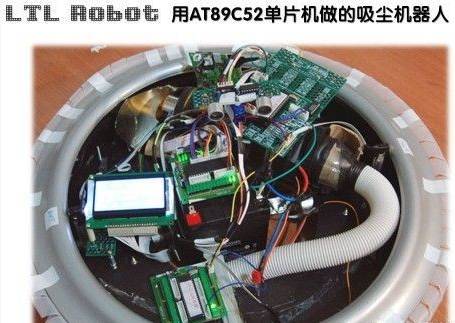


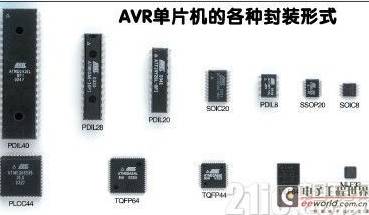

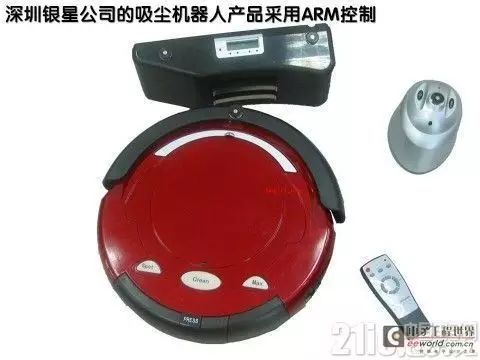




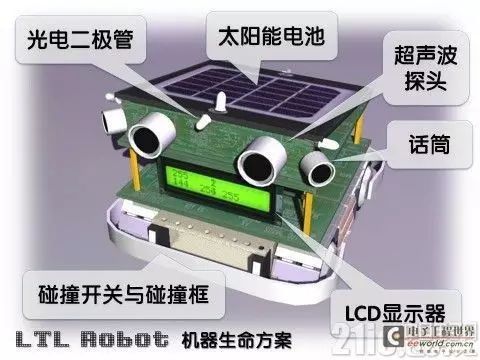
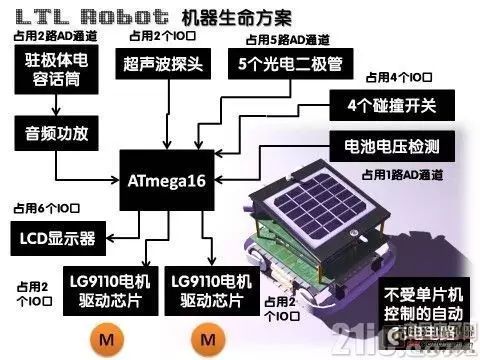
Source: China Electric Network
How to Join the Society
Register as a Society Member:
Individual Member:
Follow the Society’s WeChat: China Command and Control Society (c2_china), click on the CICC member – individual member below, enter the member system, and fill out the application form as required. If you have questions, you can read the “Read the Society Constitution” and “Read the Membership Guidelines” below. You can pay the membership fee online via Alipay after passing the society’s review.
Unit Member:
Follow the Society’s WeChat: China Command and Control Society (c2_china), click on the CICC member – unit member below, enter the member system, and fill out the application form as required. After passing the society’s review, please follow the payment information in the “Read the Membership Guidelines” to pay the membership fee.
Recent Activities of the Society
“Overcoming Obstacles 2016” Ground Unmanned System Equipment and Technology Development Forum:
Conference Date: September-October 2016
Long press the QR code below to follow the society’s WeChat

Thank you for your attention